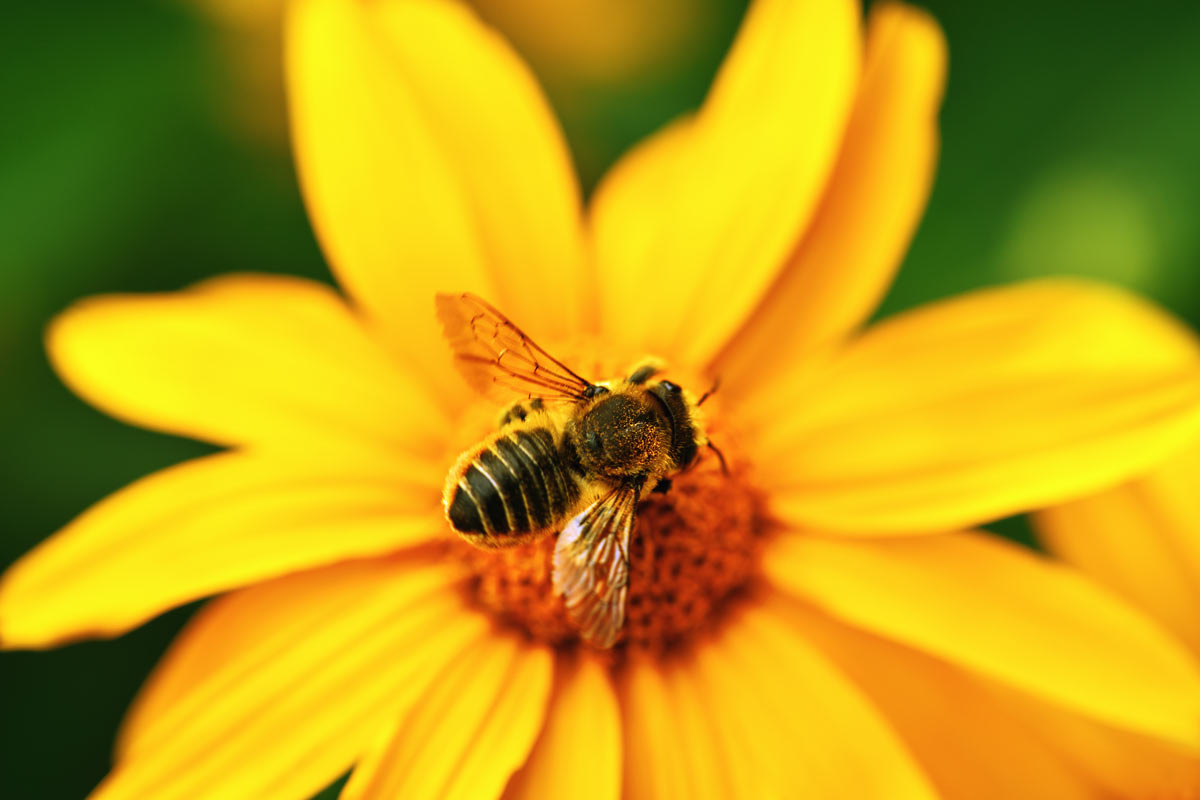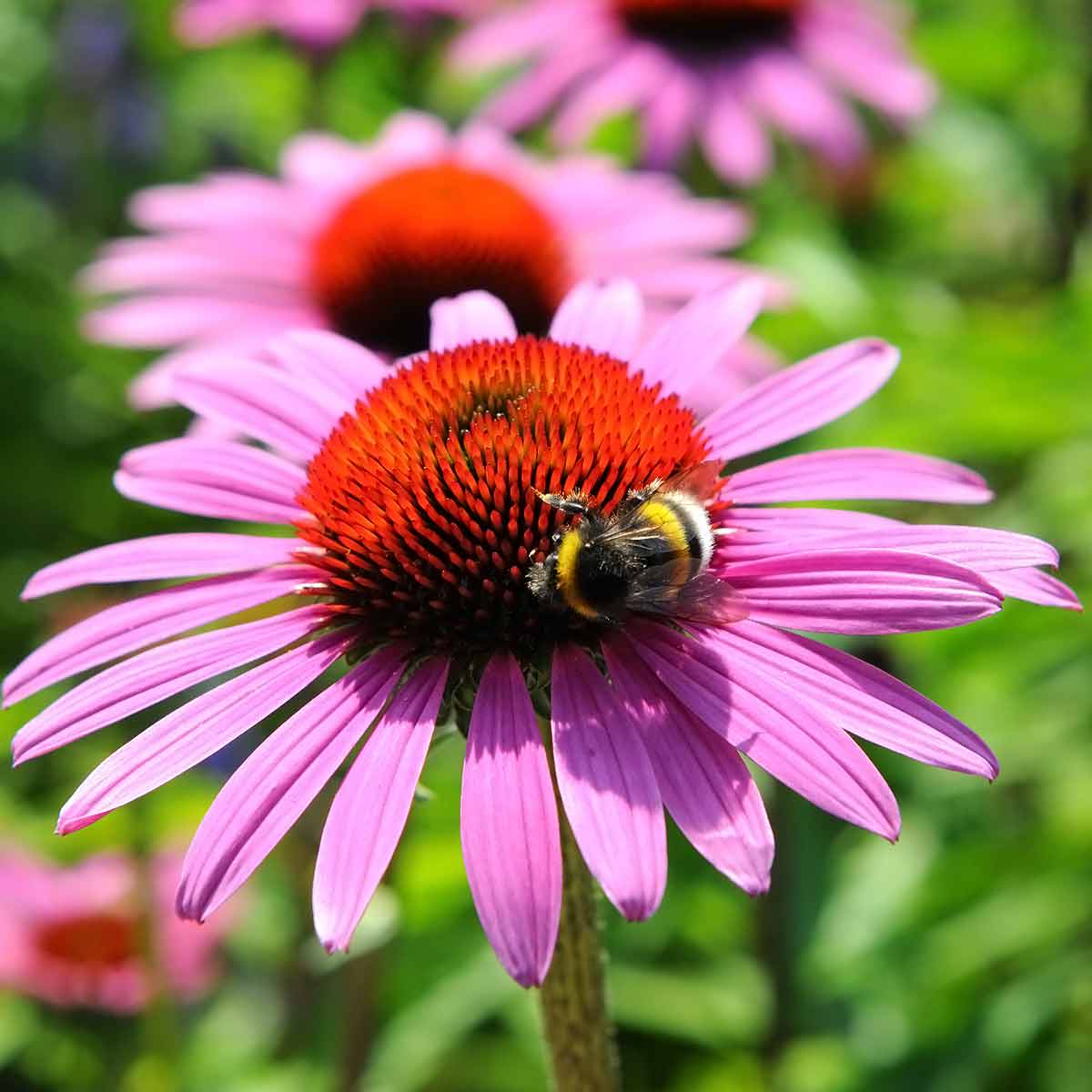Tips for Growing a Vertical Garden
Running out of space in your garden? Why not opt for a vertical garden? Here are some tips for choosing climbing plants.
Lots of gardeners want to help dwindling populations of pollinators by making their yards more pollinator-friendly. If you’d like to create a garden that accommodates both pollinators and your neighbors, check out these tips:

Diversity is the single best friend of pollinators. They don’t need a whole yard full of wildflowers, but a sea of grass is virtually useless to them. Plant a mix of flowers, shrubs, trees, evergreens, and groundcovers so that pollinators have both shelter and a steady stream of pollen and nectar throughout the season.
It’s best to spread out the bloom times, and plant your flowers in clusters of at least five to help pollinators find what they need. While you’re at it, eliminate invasive plants and weeds that displace more useful plants and make the yard look unkempt.
Lean toward more native plants, which are generally most useful to native pollinators and wildlife. Consider starting with some of the most compact and neat-growing natives that are best at blending into neighborhood norms, including flowering shrubs such as summersweet, Virginia sweetspire, dwarf fothergilla, dwarf oakleaf hydrangea, and dwarf dark-leaf ninebark; and perennials and grasses such as little bluestem, black-eyed susans, coralbells, foamflowers, dwarf goldenrod, and purple coneflowers.
You don’t need whole, dedicated pollinator gardens to make a difference. Any pollinator-friendly plants that you add will help, so look around and plug a few pollinator plants into existing foundation beds, shrub plantings, flower borders, and wooded areas.

The vast majority of bugs are beneficial or at least non-harmful. But when insecticides are used to kill pest bugs, they often kill everything.
Alternatives to chemical spraying include using more targeted, less broadly destructive solutions such as hand-picking, mechanical barriers, oils, soaps, and even stiff sprays of water; tolerating damage that’s cosmetic and temporary, and replacing plants that keep getting unacceptably attacked. If you can’t stop spraying altogether, at least spray late in the day when pollinators are less active.